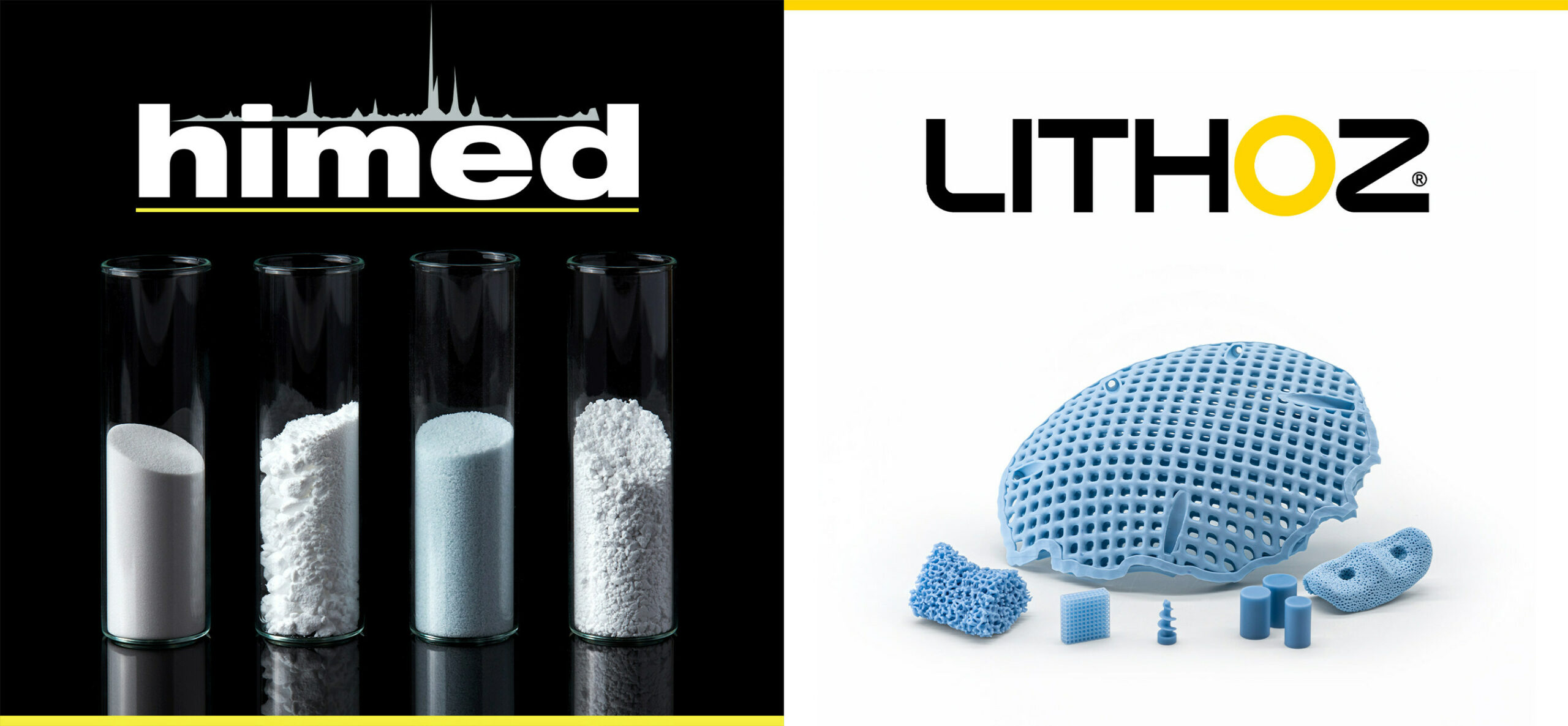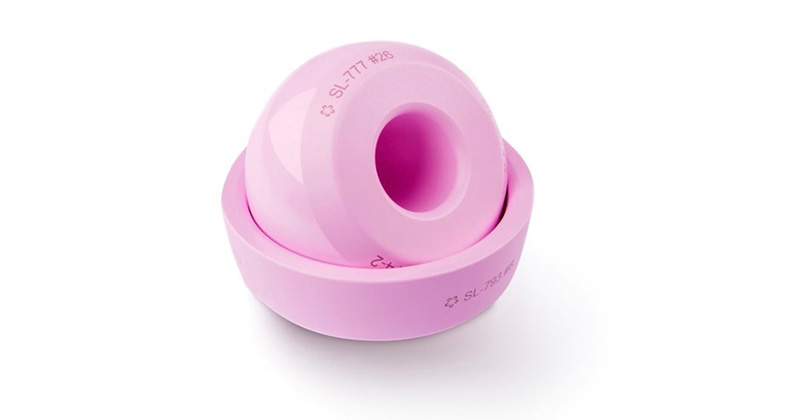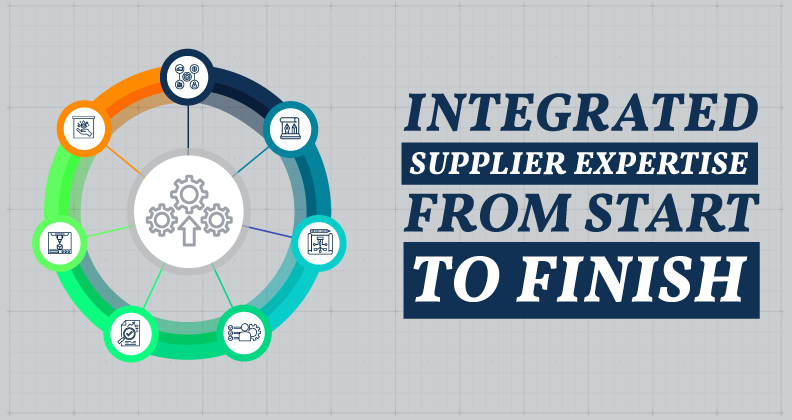
Himed and Lithoz commenced a long-term strategic Materials Research Partnership Agreement to explore novel integrations of Himed’s calcium phosphate (CaP) biomaterials with Lithoz’s proprietary ceramic binder used in their innovative CeraFab S65 medical 3D printer.
Since 1991, Himed has collaborated with different medical implant manufacturers to develop and optimize various CaP powders and surface treatments for osseointegration. The partnership with Lithoz, however, allows new opportunities for Himed in the medical additive manufacturing market beyond bioactive surface treatments and post-processing of implants.
For Lithoz, this partnership grants opportunities to build upon the success of their LithaBone product line—a printable bioceramic that leverages the resorbable and osteoconductive qualities of hydroxyapatite (HA) and tricalcium phosphate (TCP) for medical applications.
Collaborating with Himed is the next logical point in the large-scale commercialization of this highly specific technology, and together the two companies form a powerful international pool of researchers capable of advancing the functional benefits of osteoconductive bioceramics. The partnership also allows the two groups to explore how other CaP formulations might enhance the highly sophisticated biomimetic forms Lithoz printers can produce.
Initial research will occur at Lithoz’s U.S. location in Troy, New York this summer by a joint team of materials scientists. In early fall, Himed will install a new Lithoz CeraFab S65 printer at their 25,000-square-foot facility in Long Island, allowing for swift on-site experimenting and analytical testing. It will also broaden their R&D services to include rapid prototyping of different forms for Himed’s clients to conduct unique biomaterials research.
Himed’s CEO, Dana Barnard, said, “Himed understands CaP optimization and how to scale it for a growing market. We’ve refined many calcium phosphates to strengthen their healing potential, but most of these were targeted toward surface coatings on traditionally manufactured titanium implants. Lithoz’s remarkable 3D printing technology allows a whole new direction for our products, in which we can use CaP to its greatest advantage—as a biomimetic material within the implant structure itself that can be replaced by a person’s own natural bone over time.”
Source: Himed LLC
JAV
Julie A. Vetalice is ORTHOWORLD's Editorial Assistant. She has covered the orthopedic industry for over 20 years, having joined the company in 1999.




